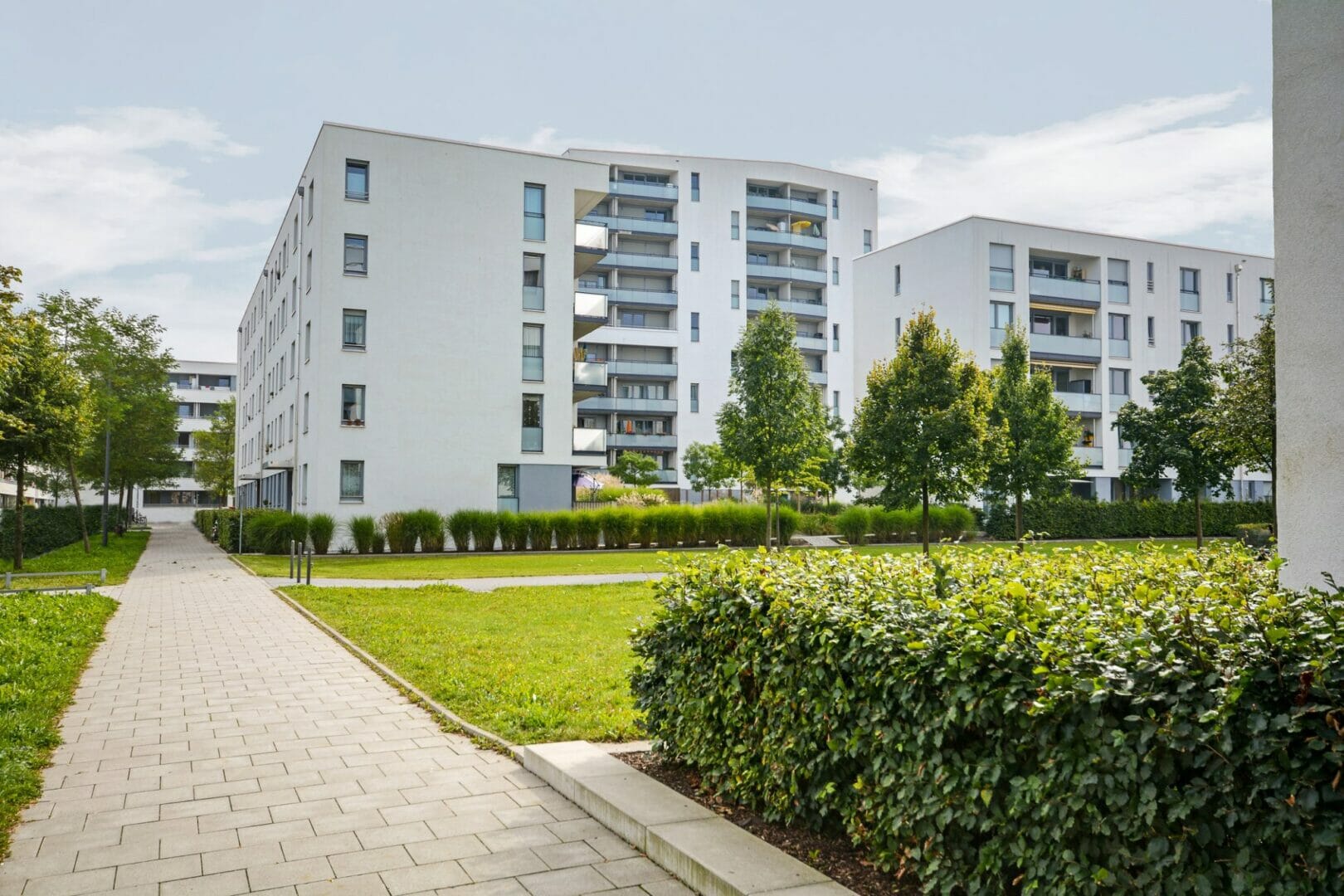
Hedging is now becoming an increasingly sought-after component of modern planting schemes both urban and rural due to its versatility and functionality. Aesthetically pleasing, cost effective and environmentally friendly, the humble hedge is seeing a renaissance that expands its use to encompass more than simply garden, park or field planting.
New housing schemes in particular are being injected with life and character via the astute and practical use of hedging; it helps to define boundaries but also creates structure, texture and privacy in addition to being visually pleasing to the eye. This creates immediate kerb appeal as well as positives for the future potential homeowner. More cost effective than fencing and able to absorb excess surface water created from new hard surface areas such as roads and paving, hedging is fast replacing fencing as an economically and environmentally sound solution within these schemes. It also creates a wildlife haven for insects, birds and small animals which is advantageous for local wildlife that may have been displaced by the construction phase. Hedging will continue to provide food and shelter into the future, providing conservation of local wildlife populations in addition to the environmental and aesthetic benefits to the homeowner.
Commercially, business parks, leisure and retail parks have also benefited from the introduction of hedging into the design with various hedging applications playing important roles. Again, defining boundary areas is key, however the variety of species available and their differing attributes ensures that planting schemes offer versatility in terms of look or purpose. Often acting as both a security measure and providing colour and structure to otherwise unremarkable areas, makes it both a sensible and practical option whilst enhancing the visual aesthetic of the site.

On the issue of pollution in our cities and urban environments, introducing greenery into ‘grey areas’ is becoming a universal objective in order to help alleviate the effects and levels of pollution experienced within those environments. An international study with partners from the UK, Europe and USA led by Professor Prashant Kumar, the University of Surrey Chair in Air Quality and Health, determined that pollution which affects both buildings and people can potentially be reduced by utilising greenery of different types to combat the effects. Low hedging with a denser leaf structure for example, has the ability to absorb particles emitted in exhaust fumes and reduce both the health and environmental impact in built-up areas with taller buildings, such as cities, and is thought to be more effective than taller trees in the same scenario. Urban air quality is a major health concern with urban areas experiencing increasing populations and so a ‘greener’ urban planning approach is likely to be adopted to safeguard public health in the future, with hedging playing a key role.
Hedging can also be used to provide a natural rather than man-made, environmental solution to areas experiencing poor drainage or floods with plants taking the place of potentially expensive constructed drainage solutions in order to help combat problems in areas regularly experiencing issues with excess water. Additionally, a revival of our declining native mixed hedging is being seen and also encouraged by organisations such as The National Trust throughout town and country in an effort to reclaim our national heritage, whilst helping to conserve our native wildlife and utilise a greener boundary option than traditional fencing or walls.
Hedges Direct supplies hedging of all types plus other specialist products to the trade and retail sector. The dedicated trade team are available 6 days a week to offer expert advice and bespoke quotations. Call 01257 263 876 to speak to the team.

